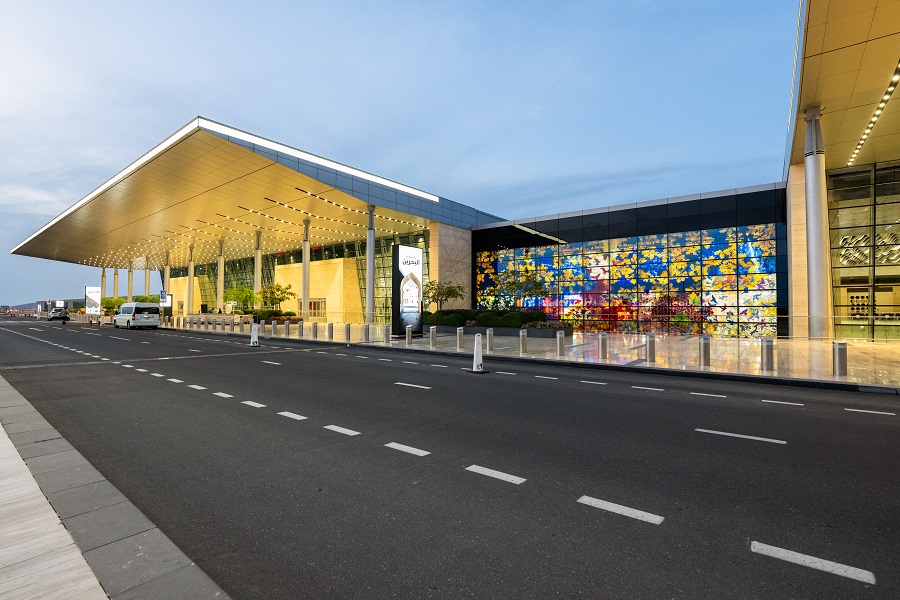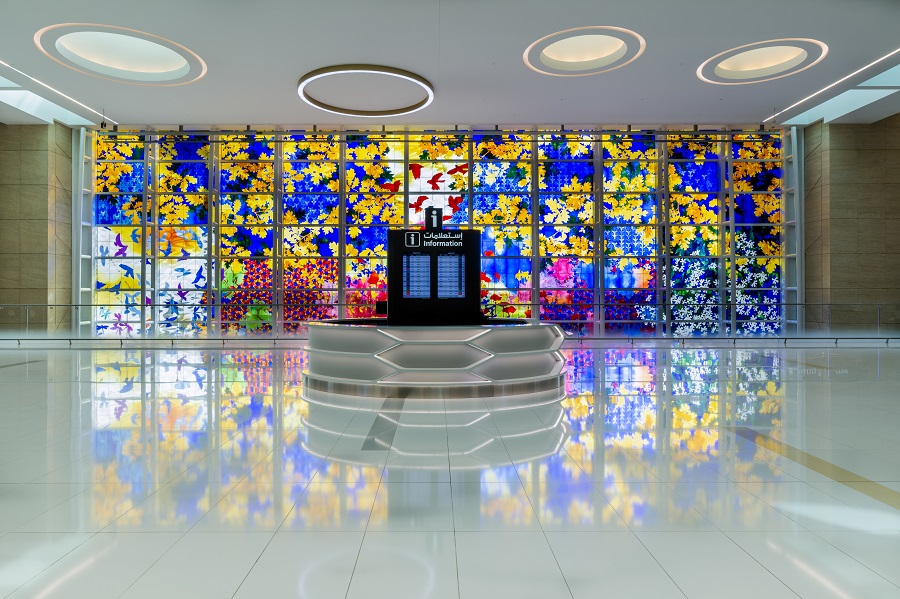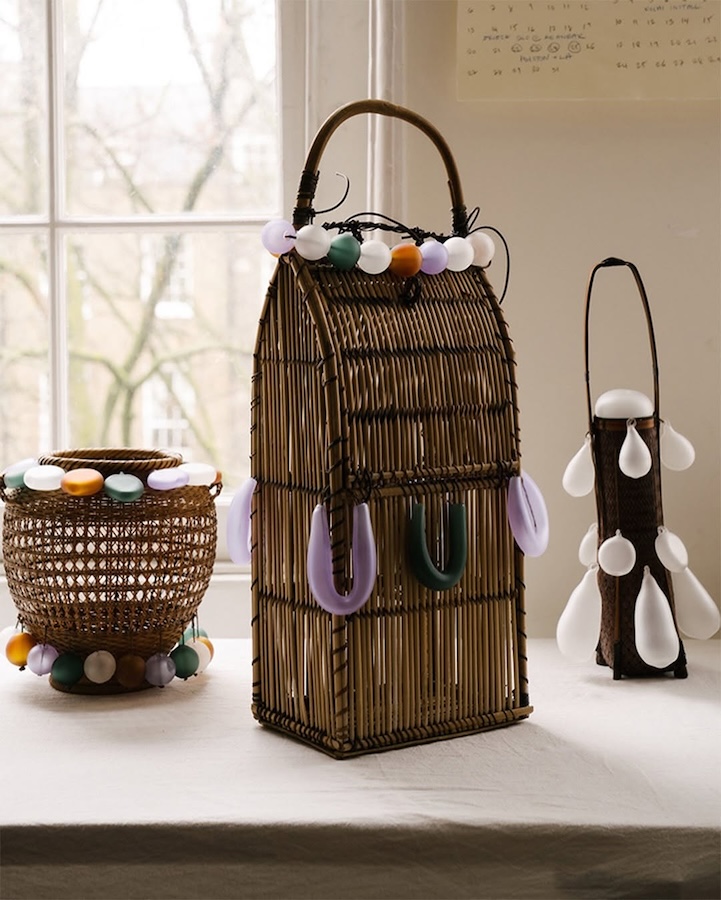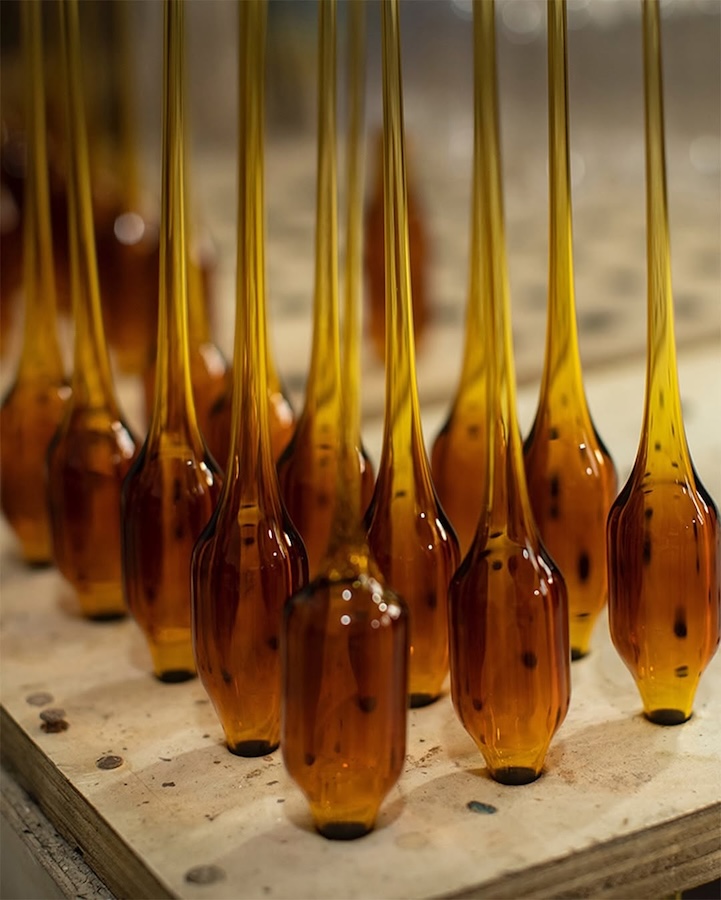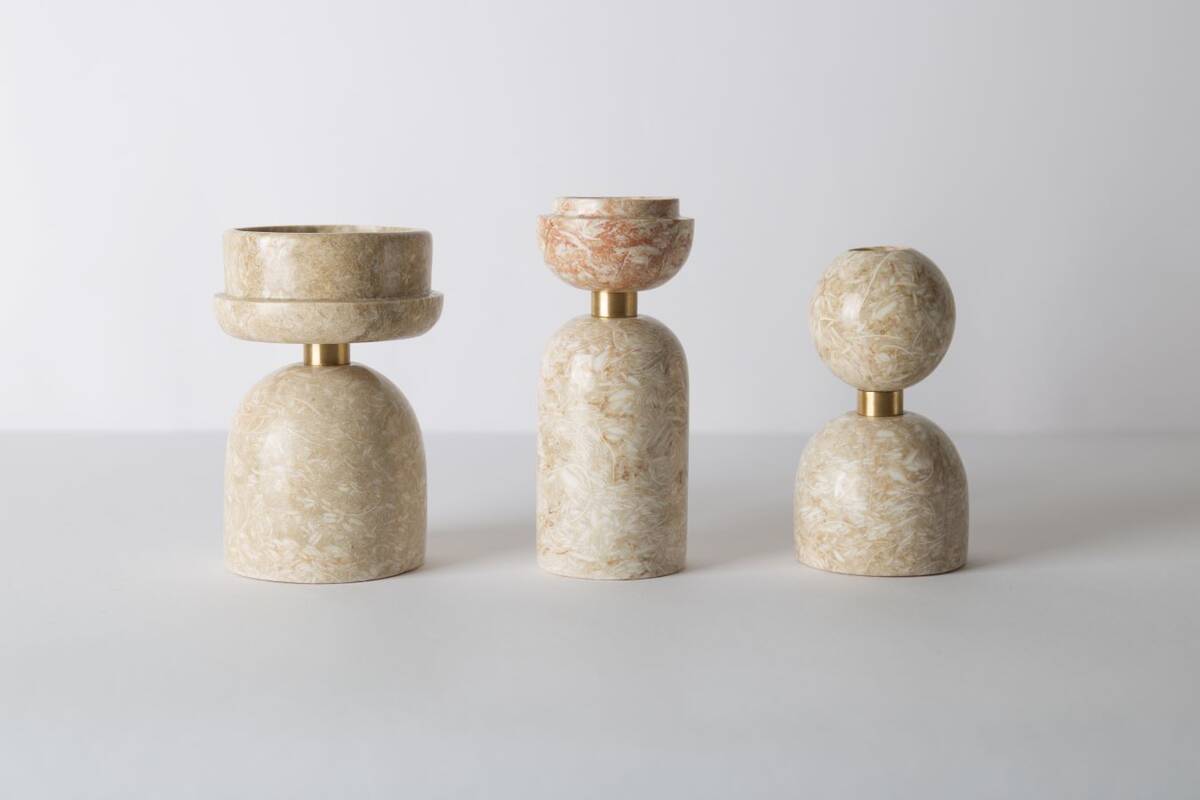DUBAI: During Milan Design Week 2025, Jwana Hamdan, the eponymous outdoor design brand founded by the Italian Lebanese entrepreneur, is presenting Al Bustan, a dreamy outdoor furniture collection replete with Arab influences.
Showcased in the heart of Brera, one of Milan’s most iconic districts known for its elegant courtyards and palazzi, Hamdan’s latest collection for Al Bustan, which takes its name from the Arabic name for “flourishing garden,” is called The Wandering Majlis Collection and presents an immersive courtyard installation inspired by the harmonious geometries, woven textiles and lines and symbolism reflective of landscapes and design along the Mediterranean, particularly the Lebanese coast, where Hamdan’s heritage lies.
Hamdan, who moved to Italy with her family when she was just 5, knows her homeland through frequent summer visits. She now has relatives in the UAE, which she has visited often over the last few years. Imbuing her furniture with references from Lebanon and the Arabian Gulf is a way for Hamdan to connect with her Arabic heritage.
“I came up with this collection because I was missing my identity,” Hamdan told Arab News. “Design has become a tool, an art form, with which to express myself. I chose design because I live in the design district in Milan. I am surrounded by the design industry.”
Hamdan’s family has worked in design ever since moving to Italy. Her father worked for a fabrics company and her family runs a company that manufactures products for designers. Hamdan launched her own eponymous label during the coronavirus pandemic. Its inspiration was derived from how people gather, especially in the Middle East.
The welcoming forms of Hamdan’s new furniture collection, with their rich color palette evocative of olive groves and the light found in Lebanon, is akin to an outdoor Arabic majlis designed with Hamdan’s elegant contemporary style. Each piece has been entirely produced in Italy.
The majlis, a traditional gathering space in Arab cultures, is reinterpreted through a series of furnishings made in an iroko wood frame and designed to create spontaneous yet sophisticated meeting places. The majlis sofa is a lounge seat that embodies a simple and authentic outdoor lifestyle, while Maitha, meaning “fertile garden” in Arabic, is an elegant and inviting lounge chair decorated in an evocative floor pattern and colored in deep magenta. The structure of the Maitha is made of iroko wood, while the seat and back cushions are removable. It is available in versions with or without the armrest.
The ghaf table, on the other hand, is named after the drought-tolerant tree that one finds throughout the Arabian Gulf and that also constitutes a symbol of tolerance. Designed by Lorenza Bozzoli, the table features a laser-cut base that reflects the tree’s deep roots to symbolize the strength and the inherent grace found in the natural environment.
Enhancing the collection are the amar and shams coffee tables, named after the words for the moon and the sun in Arabic. Their minimalist design with their circular tops evokes an earthy aesthetic, presenting the idea of oneness with nature and a harmonious lifestyle exemplifying the Arab notion of communal gathering.
“The Italians spend their time gathering in the kitchen while Arabs spend hours upon hours in the majlis area,” said Hamdan. “These pieces were inspired by my memories of Lebanon in the summer, passing time with others while outdoors.”







